The City of London, Ontario announced it is fencing off an area on the Pottersburg Creek floodplain and testing the soil on the site of what was once the largest waste storage site of polychlorinated biphenyls, or PCBs. This is part of a program to test soil in areas requiring construction work to control erosion in storm water systems in the Pottersburg Creek watershed.
The City of London, Ontario announced it is fencing off an area on the Pottersburg Creek floodplain and testing the soil on the site of what was once the largest waste storage site of polychlorinated biphenyls, or PCBs. This is part of a program to test soil in areas requiring construction work to control erosion in storm water systems in the Pottersburg Creek watershed.
In July, the city received preliminary results of sampling carried out in preparation for the design of some bank remediation works. One soil sample result from a test site beside an eroded area of the creek was found to have levels of PCBs of approximately 112 parts per million.
“The Middlesex London Health Unit, based on the preliminary test results and its 2009 PCB blood survey, concluded there is no public health concern,” the city stated in a press release. “As a precaution, and in keeping with normal site work protocol, the City has fenced the area to conduct further sampling to confirm the earlier results and determine the size of the impacted area.”
The area in which the city plans to gather new soil samples for testing is currently owned by The London Assembly Hall of the Jehovah Witnesses at 459 Second Street, in the east end.
The Pottersburg PCB Storage site was initially created by Westinghouse Canada in 1984 and acquired the following year by the Ministry of Environment to store soil contaminated by PCBs originating from other industrial properties. In 1989, the worldwide power transmission and distribution operations of Westinghouse Electric Corp. were acquired by Asea Brown Boveri Ltd. of Zurich.
During the mid-1980s, a multi-agency committee determined that soils with levels of PCBs less than 20 parts per million could be placed safely along the floodplain and capped by a 15 cm layer of soil and grass. The determination of the 20 ppm limit was made by the city, Environment Canada, the National Research Council, the community and the Ministry of the Environment.
Soils in the area with higher concentrations were excavated, secured in local vaults and then removed from the site and destroyed in Quebec. In December, 2010 the province declared the cleanup complete.
The City of London’s bank remediation efforts resulted from a Ministry of Environment inspection in 2008 that found erosion deficiencies in the channel within the area of PCB containment in the flood plan areas. At the time, MOE officials were concerned that capped soil could be exposed, and that the city might need to re-cap it.
DCN DIGITAL MEDIA


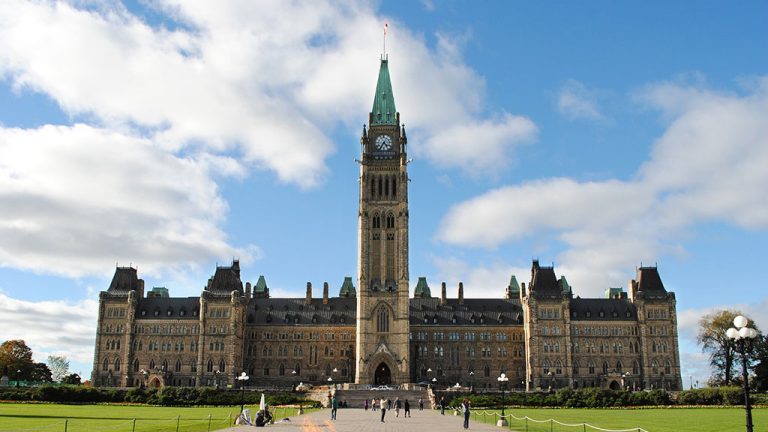
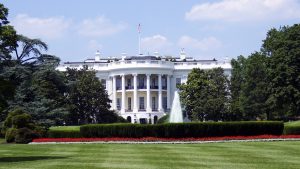


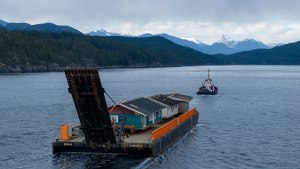
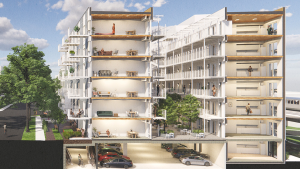

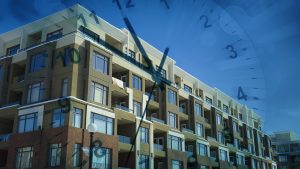
Recent Comments
comments for this post are closed